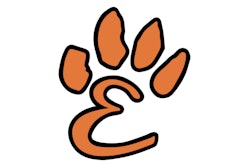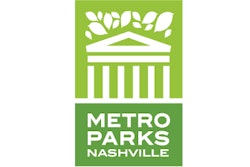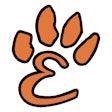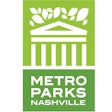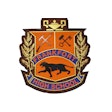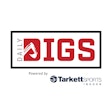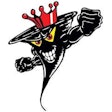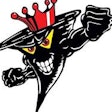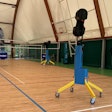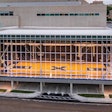Effectively organizing and conducting meetings with employees can create a smooth-running facility.
Meetings can fulfill several valuable roles in organizational and team communication. At the same time, it is important to understand what types of meetings are best suited for the various kinds of communication messages. If your fitness center employs the wrong meeting format to communicate a message, the results can be disastrous.
Meeting formats
Four primary types of meeting formats exist.- General employee meeting. This type of meeting is designed to bring together all of your employees. It is best suited for communicating business goals and initiatives, providing company performance updates, providing recognition and a platform for celebration, and sharing company culture.
- Team and/or department meetings. Team meetings involve a specific department, such as managers, trainers or a special employee committee. These meetings are best suited for communicating team goals, providing performance updates, planning work, making business decisions, and facilitating consensus building and commitment.
- Line-ups. Line-ups are short meetings, typically five to 10 minutes, held on a daily basis, that focus on sharing important information. In fitness centers, line-ups can provide daily updates on special events, introducing a new employee, sharing specific recognition, providing a key performance update, etc. Line-ups can be held for a specific department or conducted for the entire staff.
- Feedback meetings. Feed-back meetings are gatherings designed to obtain feedback from specific employees and, when needed, to respond to that feedback. Some organizations refer to these meetings as employee focus-group sessions, with the only difference being that, in a true focus group, only feedback is solicited.
Meetings as a communication tool
Meetings are only effective as a team communication tool if they are planned and facilitated properly. Among the important elements to remember when planning and conducting any meeting are the following:- Establish a specific, day, date and time for each meeting.
- Establish a specific time-frame for each meeting.
- Prepare an agenda for every meeting, including line-ups.
- Communicate the meeting details to employees in advance.
- Get the agendas out to those individuals who will be attending. The exception would be a line-up, where no need exists to forward an advance agenda. Ideally, agendas should be disseminated at least one week in advance.
- Start and end the meeting on time. Even if certain attendees have not gotten to the meeting at the scheduled time, it is important to start on time.
- Stick to the agenda. The purpose of an agenda is to let people know the topics to be presented and/or discussed, and the timeframe to be allotted to each.
- Build "free time" into the agenda. Allow some time for open dialogue, and for unexpected conversations.
- Take notes. It is important to provide documentation of your meetings.
- After a meeting, follow-up with a thank you and a summary. Make sure that you thank employees for attending, and provide them with a summary of the key points.
Communicate, educate and motivate
A properly planned and conducted meeting can provide an invaluable means for fitness center management to communicate with their employees. Experience has shown that meetings can be a particularly effective strategy for employee communication if they're used for one or more of the following purposes: soliciting and/or sharing feedback, communicating key business goals and initiatives, providing performance updates, offering instruction, supporting teambuilding and recognizing achievement. On the other hand, meetings can be "time-wasters" if they're not afforded the proper attention to planning and detail. Like any tool, their effectiveness is essentially a reflection of who's using them and how they're being used.Read Next



















